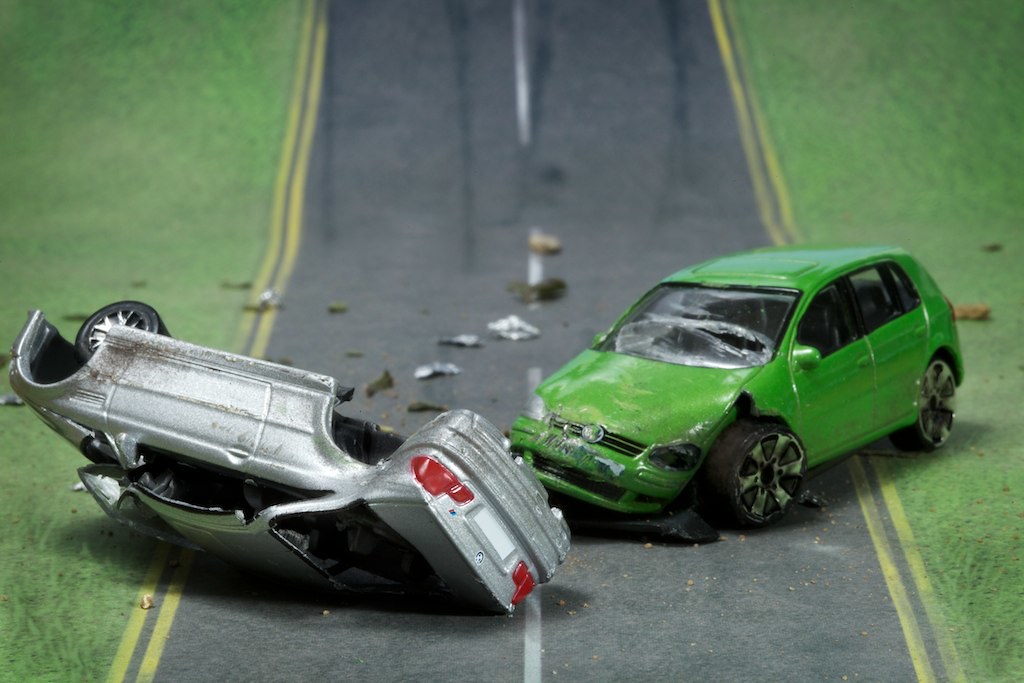 Word on the street is, the safer the car, the cheaper the car insurance. True or false? While it makes some sense to our brains that could be true, it’s not always the case.
Word on the street is, the safer the car, the cheaper the car insurance. True or false? While it makes some sense to our brains that could be true, it’s not always the case.
We love our gadgets! Safety gadgets are so helpful and important, but commonly are more expensive to repair/replace so they’re not always lower cost to insure. Add to this the fact that car insurance companies are slow to give out new discounts and you’ll see the safer-rated car doesn’t offer many more discounts, yet, except for anti-lock brakes and airbags. Car insurance companies factor in other data based on actual insurance crash results and costs; so, what gets the discounts going are the proven life-saving record of the safety features, not just the fact that they exist. That’s why the delay: they’re waiting for the proven safety records of each safety feature. Some companies, Progressive for instance, are starting to offer a safety discount for new cars that have “factory installed automatic emergency braking systems.” The insured should be ready to prove the existence on the model they purchased.
Safer vehicles are typically safer to drive but safety ultimately comes down to the driver. A safe driver in a “less safe” vehicle is still often less to insure than an unsafe driver in the safest vehicle. But, speaking of safe vehicles, how do you know if a vehicle is a safe vehicle? Things to look for are strong crash-test performance, collision avoidance systems, low center of gravity, weight and high-quality headlights. The best way to look up statistics and reviews of specific vehicles is the internet. Just do an internet search for the safest vehicles to drive. Three independent sources of information are IIHS/HLDI and NHTSA. They evaluate with safety, not sales, in mind.
You may look up Safety Crash-Test results done by the Insurance Institute for Highway Safety (IIHS.org). IIHS is “an independent, nonprofit scientific and educational organization dedicated to reducing the losses—deaths, injuries and property damage—from motor vehicle crashes.” The Highway Loss Data Institute (HLDI) provides information on insurance losses by make and model and can also be found as part of IIHS.org. Thirdly, The National Highway Traffic Safety Administration (NHTSA.gov) enforces vehicle performance standards and has partnerships with state and local governments with safety as a goal. For instance, your vehicle may do well in the crash tests, but then have a higher number of insurance losses than other cars in its category, making it cost more to insure. If you’re buying a used car then check out the vehicle history too. Whatever car you’re getting, it’s always a great idea to do your own research if safety and savings are important to you.
Contact Solo Insurance for more information about car insurance savings or to get a quote.
-- -- -- -- -- -- -- -- -- -- -- -- -- -- -- -- --
Solo Insurance® where great rates and service meet.
We shop the rates for you upfront and at renewals, always making sure you are with our best rate for your insurance needs.
Great car insurance at cheap car insurance rates.
Like us on Facebook, follow us on Instagram and Twitter @thesoloins.
Solo Insurance® 800-207-7656 Get a Quote: https://www.soloinsurance.net/
– Veteran/Family owned since 1994 –